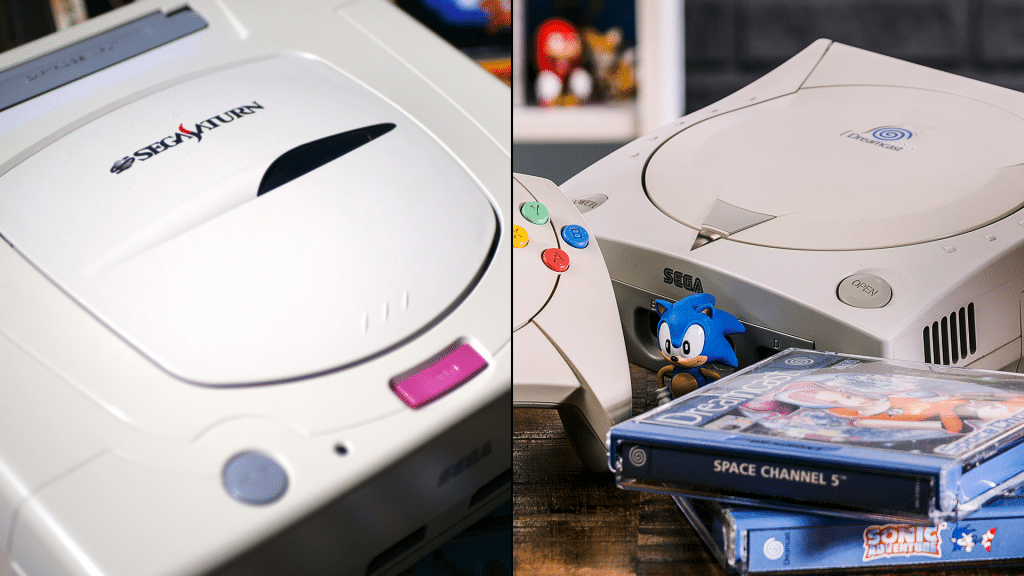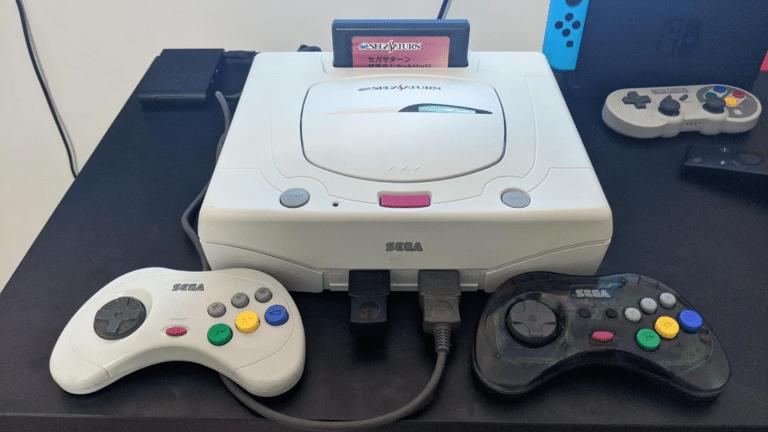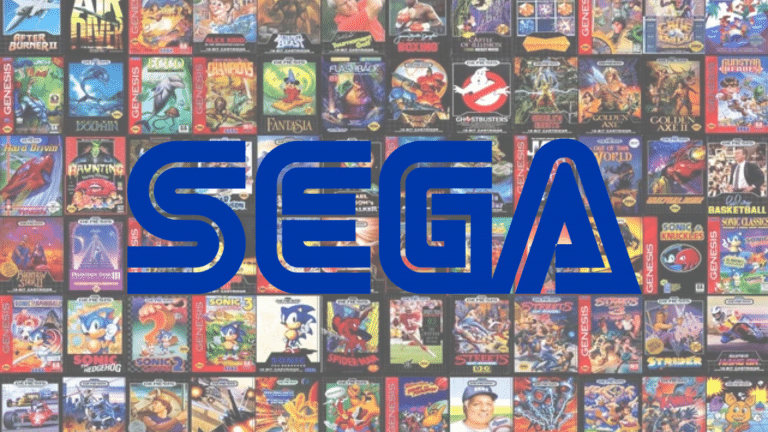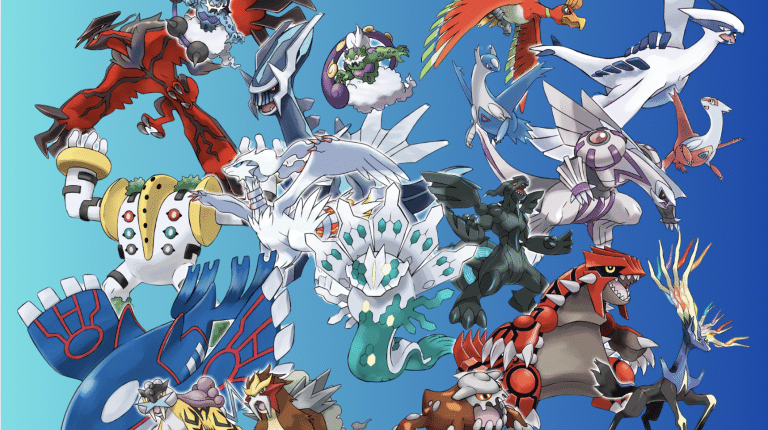I remember when I first tried to play Saturn games on my computer. Regardless of which emulator I used, something always felt off. Either the game lagged, the sound cut out, or the graphics didn’t look right.
Then I tried Dreamcast, and it ran smoother, even on the same machine. That made me wonder: Why is the Saturn so much harder to emulate?
In this guide, I’ll walk through the reasons. I’ll discuss Saturn’s complex hardware, unusual graphics setup, and why developers struggled with it even back then.
I’ll also compare it with the Dreamcast, examine the emulators available today, and discuss why it matters for game history. By the end, you’ll see why Saturn emulation is tough and how it compares to the Dreamcast.
Why Sega Saturn Emulation Is Harder than Dreamcast?
The Sega Saturn is one of the toughest consoles to emulate because of its unusual design. Unlike the Dreamcast’s cleaner design, the Saturn’s complex hardware makes emulation far tougher.
1. Complicated Hardware Design
The Saturn wasn’t built like a normal console. Sega rushed its design to compete with PlayStation, and the result was a machine stuffed with processors that didn’t always work together smoothly.
It had dual SH-2 CPUs, running together as master and slave. The timing between them has to be perfect in emulation, or the game breaks.
The Saturn had up to eight processors, including two for graphics and one for sound. Getting all of them to sync up correctly takes a ton of power on modern PCs.
Even Sega’s own teams had a hard time working with this system. It was powerful on paper, but challenging to code.
2. Graphics Processing Difficulties
The Saturn didn’t render graphics in the way most consoles did. That’s another reason emulation gets messy.
The system used quadrilaterals instead of triangles. Modern GPUs are designed for triangles, so mapping quads introduces additional steps and challenges.
The two VDP chips had separate jobs. VDP1 handled polygons and sprites, while VDP2 handled backgrounds and effects.
Getting them to work together was tough for developers and still is for emulator programmers. When you stack those quirks together, it explains why Saturn visuals often look off when emulated.
3. Weak Documentation and Developer Support
Developers on the Saturn didn’t just face unusual hardware. They also had to work with weak tools and very little guidance from Sega.
The documentation often lacked detail and clear examples. The system was tough to understand, so even pro studios often used trial and error to get games running.
That lack of solid resources carried forward into emulation. Building an emulator needs precise hardware knowledge, and even Sega left gaps.
Fans and coders today are still piecing things together, filling in the blanks with reverse engineering.
Saturn vs. Dreamcast
The Dreamcast came after the Saturn, and Sega took a different approach. Its design was simpler, and that made both development and emulation much easier.
| Feature | Sega Saturn | Sega Dreamcast |
|---|---|---|
| CPU | Dual SH-2 CPUs with extra chips, hard to sync | Single SH-4 CPU, simpler design |
| Graphics | Quad rendering with two VDPs | Triangle rendering, cleaner pipeline |
| Tools | Poor docs and weak tools | Better docs and dev support |
| Game Support | Few re-releases, lost code | Many re-releases, preserved code |
The Dreamcast wasn’t perfect, but compared to the Saturn, it was far more manageable.
Emulation Tool Landscape
Over the years, a handful of Saturn emulators have become reliable enough to play games. Each one has its strengths and drawbacks.
Mednafen / Beetle Saturn is known for accuracy. Games look and run closer to the original hardware, but this comes at a cost. It requires a powerful CPU, and weaker systems often struggle to keep up.
SSF is easier on hardware and runs well on mid-range PCs. It supports many titles, but its updates and improvements have slowed down in recent years.
Saturn emulation uses more resources than Dreamcast and needs higher single-thread CPU speeds for smooth play.
Why It Matters?
Some people might wonder why Saturn emulation even matters. For me, it comes down to preservation. The discs are fragile, and the original hardware is becoming harder to find every year.
Without better emulators, many games risk being lost, and the Saturn’s unique experiences could fade away.
It had a library full of 2D sprite-heavy titles, arcade-perfect ports, and experimental games that gave it a distinct identity.
If those games fade away, we lose more than just entertainment. We lose an important chapter of gaming history that deserves to be remembered.
The discs are fragile, and the original hardware is becoming harder to find every year.
This is part of the reason why Saturn collecting has become so pricey, something I cover in detail in Why Sega Saturn consoles and games are so expensive.
Conclusion
The Sega Saturn remains one of the hardest consoles to emulate because of how it was built. Its many processors made syncing tasks extremely demanding.
The graphics system’s quads and dual VDP chips challenged developers and still hinder emulators today.
Poor tools and thin documentation only made things worse. Even now, fans are piecing together how the hardware worked through trial and reverse engineering.
Saturn emulation also asks far more from modern hardware than most consoles of its time.
Still, the effort is worth it. Without it, fragile discs and failing systems would erase a library of 2D classics and arcade-perfect games that defined Sega’s history.







